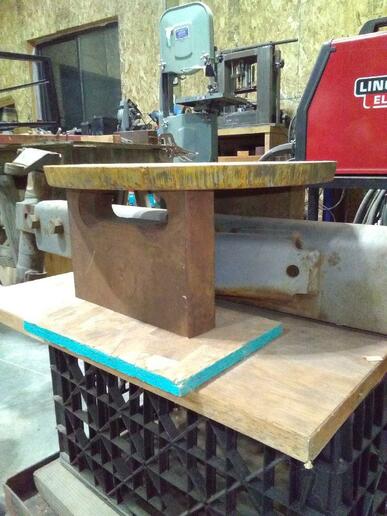If you can, have it line bored. You have two separated points that have to be aligned to make it all work. Line boring is the most accurate way to assure this.
I'm currently fighting a setup where it's impossible to line bore the pivots. Unless I'm spot on, it ain't gonna line up. I'm anticipating some disappointment tomorrow when I start the fitup for welding. If I'm off by a few thou, the pivots won't line up.
When two points are separated by a meaningful distance.......let's say a coupla feet......any deviation in the machining on either point, will make for a no go situation.
Being as your work is "new work", not trying to fix something that you don't have drawings for, or known reference points, it might be fine to do it with plain measurements. This assumes all plates are square to each other, and parallel.
I'm not good at math, but think of the deviation caused by .002 over a distance of even a foot. It's a geometry solution. That .002 as it forms an angle from true alignment, will magnify the error by every inch the pivot pin extends from the first bore to the second.
Save some heartache, have it line bored. IMHO of course.
Here's a fella that does a nice job. I didn't see all the parts of the job, but I did see the end result.
https://youtu.be/O1pjfO0KYDs
Even the most humble piece of machinery is a wonder of engineering, drafting, jig making, and accurate machine work. The level of precision, unless it's the hinges for your pasture gate, is absolutely astounding.






